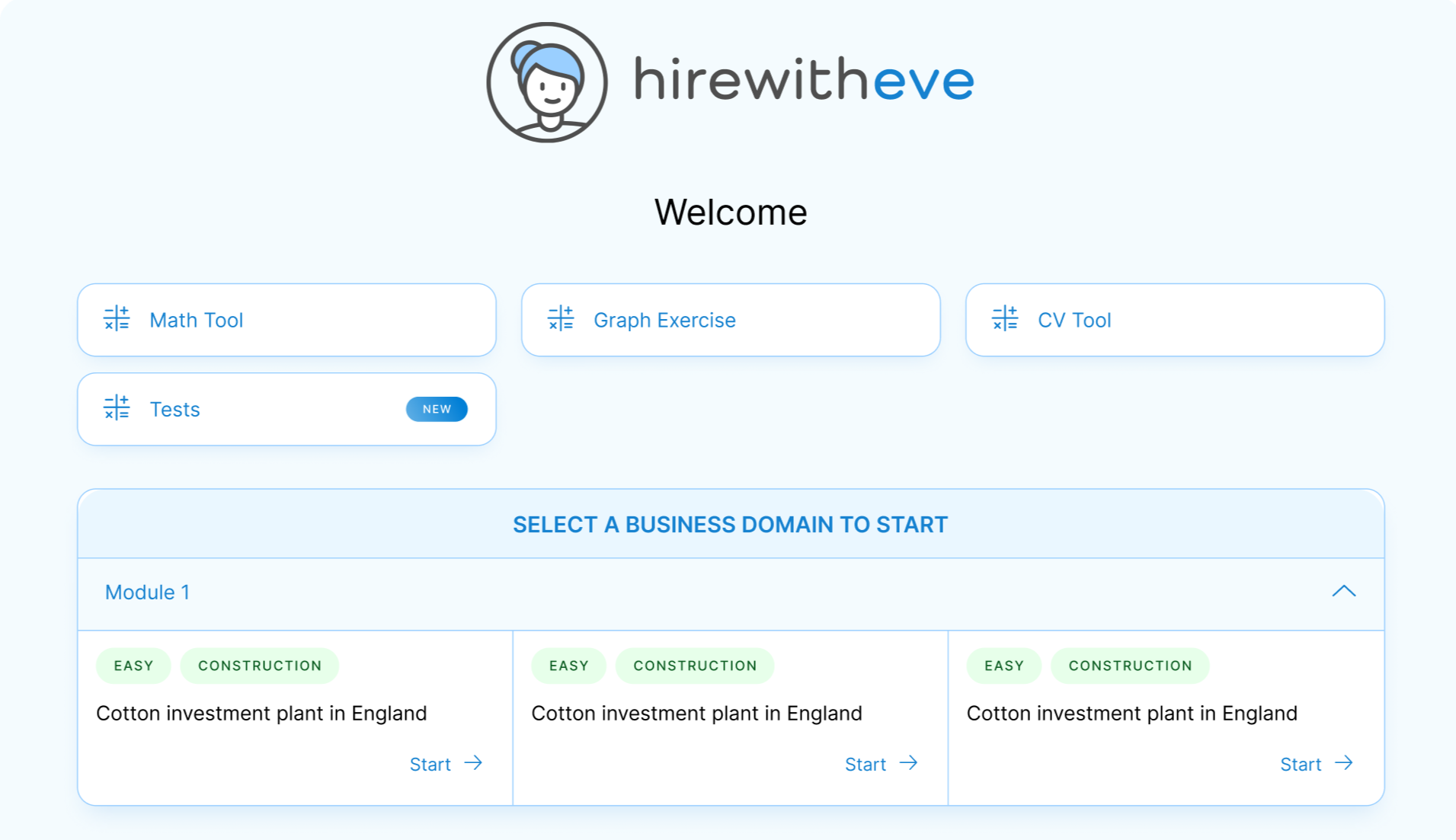Hiring vs Retention: A Cost Breakdown Every HR Manager Needs to Know

The cost of hiring a new employee vs retaining an existing one is one of the most critical challenges facing talent acquisition specialists and HR managers today. In a highly competitive job market, companies often find themselves at a crossroads: Should they invest time and resources in hiring new talent, or would it be more cost-effective to retain and develop their current employees? This question has significant financial implications, and how it is answered can shape the entire strategy for workforce management.
For many organizations, the immediate assumption is that bringing in new talent injects fresh perspectives, new skills, and innovative ideas. However, this comes at a price — both literal and figurative. The cost of hiring a new employee vs retaining an existing one goes beyond just salary differences. There are hidden costs related to recruitment efforts, onboarding processes, and the time it takes for a new employee to become fully productive. Every new hire, no matter how talented, requires a period of adjustment, during which overall organizational productivity may temporarily decline.
Understanding the cost of hiring a new employee vs retaining allows HR managers to make data-driven decisions that prioritize the company's long-term health. Moreover, with the increasing availability of technology like HirewithEve, which simplifies the recruitment and retention process, companies can now better navigate this complex balancing act. By leveraging the right tools, businesses can reduce hiring costs and enhance retention efforts simultaneously.
Ultimately, the goal is not to eliminate hiring but to strike the right balance between bringing in fresh talent and maximizing the potential of existing employees. The following sections will explore these costs in greater detail and provide strategies for minimizing the financial impact of employee turnover by using the latest innovations in talent acquisition, like those offered by HirewithEve. Understanding the cost of hiring a new employee vs retaining will give your organization the competitive edge it needs in today's dynamic business landscape.
Table of contents
The True Cost of Hiring a New Employee
The Benefits of Retaining Employees
Comparing the Cost of Hiring a New Employee vs Retaining
How HirewithEve Can Help Optimize Costs?
Conclusion
The True Cost of Hiring a New Employee
Hiring new employees is often necessary, but it comes with a range of direct and indirect costs that talent acquisition specialists and HR managers need to consider. Understanding the comprehensive breakdown of these costs can help you evaluate whether it's more advantageous to hire new talent or focus on retention strategies.
Recruitment Expenses
The first and most apparent cost involved in hiring a new employee is the expense of recruiting the right talent. Recruitment expenses include:
Job Advertisements: Posting job openings on various platforms, from online job boards to industry-specific sites, incurs costs. Depending on the reach and reputation of the platform, job advertisements can be expensive, especially for high-demand positions.
Recruitment Agencies or Headhunters: For specialized roles or senior positions, companies often turn to recruitment agencies or headhunters. These professionals charge a significant fee, typically a percentage of the new hire's salary.
Internal HR Time and Resources: Your HR department spends hours screening resumes, conducting interviews, and communicating with candidates. This time commitment takes away from other valuable HR tasks.
Background Checks and Pre-Employment Assessments: Depending on the industry, verifying a candidate's background can involve additional costs. For some roles, conducting pre-employment assessments or technical tests adds another layer of expense.
All these costs quickly add up, making recruitment one of the largest initial expenses when comparing the cost of hiring a new employee vs retaining an existing one.
Onboarding and Training Costs
The cost of bringing a new employee into your organization doesn't end with recruitment. Once a candidate is hired, the onboarding and training process begins, which introduces further expenses.
Onboarding: Introducing a new hire to your company's policies, culture, and procedures takes time and resources. Onboarding often involves orientation sessions, setting up workstations, creating accounts, and ensuring the employee has access to all necessary systems and tools.
Training Programs: Even the most skilled new hires require training to understand their new role fully. This can include job-specific training, software tutorials, and compliance courses. Additionally, other team members are often involved in mentoring or coaching the new employee, temporarily reducing their productivity as well.
Lost Productivity: During the initial weeks or months, new employees are not as productive as established team members. They need time to acclimate to the company culture and systems. This adjustment period can slow down team efficiency and cause temporary drops in output.
According to research, it can take anywhere from three to six months for a new hire to reach full productivity, depending on the complexity of the role. This ramp-up time is a hidden but significant part of the cost of hiring a new employee vs retaining an existing one.
Productivity Losses
Perhaps one of the most overlooked costs of hiring new employees is the impact on overall productivity. Not only do new hires require time to get up to speed, but their transition can also affect the productivity of their colleagues.
Disruption to Team Dynamics: When a new employee joins, there’s often a period of adjustment for the entire team. Existing team members need to invest time in explaining processes, answering questions, and helping the new hire integrate into the group.
Management Time: Supervisors and managers need to spend extra time with new employees, ensuring that they’re adjusting well, learning the ropes, and contributing effectively. This takes time away from other critical managerial tasks.
Potential Errors: New employees are more likely to make mistakes as they learn the intricacies of the job. These errors can slow down projects and require additional time and resources to correct, further compounding the cost of hiring a new employee vs retaining.
While bringing new talent into an organization is often necessary for growth and innovation, these hidden productivity losses illustrate why many businesses prefer to focus on employee retention when feasible.
The Benefits of Retaining Employees
On the flip side of the hiring process is the often overlooked value of retaining employees. Retention brings numerous financial and operational benefits that can far outweigh the upfront costs of salary increases or employee development programs. When comparing the cost of hiring a new employee vs retaining, the advantages of retention become clear.
Knowledge Retention
Employees who have been with your company for several years possess a wealth of knowledge that is difficult to replace. This includes:
Institutional Knowledge: Long-term employees understand the intricacies of your business processes, your company’s culture, and the subtle dynamics that influence how things get done. They know how to navigate internal systems, collaborate effectively with cross-functional teams, and respond to the unique challenges of your business.
Customer Relationships: Employees who have been with the company for a long time often have built strong relationships with customers, clients, or vendors. These relationships are invaluable, as they contribute to trust, loyalty, and long-term business development. Losing an employee with key customer relationships can hurt these partnerships and require extensive effort to rebuild.
Retaining experienced employees helps preserve this valuable knowledge, preventing the productivity dips and operational disruptions that come with onboarding new staff. Moreover, the time saved in not having to train new employees offsets much of the cost of hiring a new employee vs retaining.
Higher Productivity
One of the key benefits of employee retention is that long-term employees tend to be more productive than new hires. Because they are familiar with the company’s systems, workflows, and culture, they can operate efficiently and make quick, informed decisions. This translates to:
Better Decision-Making: Employees who have been with a company for a significant period can make faster and more accurate decisions, simply because they understand the bigger picture. This results in fewer mistakes and less time spent second-guessing or seeking clarification.
Stronger Collaboration: Retained employees often work better together because they’ve had the time to build trust and develop effective communication. Strong collaboration leads to smoother workflows and higher overall team productivity.
Consistency and Stability: Long-term employees offer stability, which is crucial for maintaining the momentum of ongoing projects. Their knowledge and experience enable them to manage unexpected challenges more efficiently, reducing the risk of costly project delays or failures.
When compared to the time it takes for a new employee to reach full productivity, retaining experienced staff members offers immediate and sustained value. This higher level of productivity is an essential factor when considering the cost of hiring a new employee vs retaining one.
Stronger Company Culture
A strong company culture is key to employee satisfaction and retention. Long-term employees are often deeply embedded in the company's culture, embodying its values and helping to shape its evolution. This can lead to:
Higher Engagement: Employees who feel connected to a company’s mission and culture are more likely to stay engaged and motivated. Higher engagement translates to better performance and lower turnover rates.
Lower Turnover: A stable, positive work environment encourages employees to stay, reducing the need for constant recruitment and onboarding of new hires. This lowers the overall cost of hiring a new employee vs retaining.
Brand Ambassadors: Long-term employees often become advocates for your company, both internally and externally. They help promote your brand, attract talent, and contribute to a more cohesive, loyal workforce.
Investing in your employees' professional growth and well-being contributes to a strong company culture that not only retains top talent but also attracts new, high-quality candidates when necessary.
Comparing the Cost of Hiring a New Employee vs Retaining
When directly comparing the cost of hiring a new employee vs retaining, it’s clear that employee retention offers long-term financial benefits. Recruiting new talent requires significant upfront investments in job ads, interview processes, and background checks. Then there’s the cost of lost productivity while a new hire is trained.
In contrast, the cost of retaining an employee includes salary increases, benefits packages, and professional development investments, all of which pale in comparison to the combined cost of hiring, onboarding, and productivity losses associated with a new employee.
How HirewithEve Can Help Optimize Costs?
Skills-Based Hiring
One of HirewithEve's standout features is skills-based hiring, which minimizes the time and financial resources spent during the recruitment phase. By matching candidates based on their relevant skills, your company can avoid lengthy recruitment processes, ultimately lowering the cost of hiring a new employee vs retaining an existing one.
ATS Integration
HirewithEve integrates seamlessly with applicant tracking systems (ATS), allowing HR teams to automate tasks such as follow-ups. This level of automation streamlines the recruitment process, reducing the overhead involved in finding new talent and tipping the scales in favor of retention when analyzing the cost of hiring a new employee vs retaining.
Analytics for Data-Driven Decisions
Making informed decisions about retention strategies is critical. HirewithEve’s data analytics allows HR professionals to track and measure employee satisfaction, engagement, and performance, providing insights that help identify when an employee may be considering leaving. By intervening at the right moment, HR teams can reduce turnover and the subsequent cost of hiring a new employee vs retaining talent.
Conclusion
The cost of hiring a new employee vs retaining is a challenge that talent acquisition specialists and HR managers must address to maintain an efficient workforce. By understanding the expenses involved in hiring new employees — from recruitment to onboarding and productivity loss — companies can see that retaining their current employees offers substantial long-term savings.
HirewithEve provides the tools to streamline the hiring process, optimize recruitment strategies, and focus on retention efforts. With features like skills-based hiring, ATS, and data analytics, the platform ensures that HR professionals have the resources needed to minimize costs while maintaining a productive, engaged workforce.
Target Your Talent
Unlock tailored solutions for your recruitment and hiring needs with Eve Platform's extensive case study library.
Subscribe now to enhance your HR expertise and excel in your role.
Free Resources

Transforming Hiring: 7 Key Recruiting Metrics
Enhancing recruitment processes with data-driven insights for better hiring outcomes.

Reducing Hiring Bias with Hirewitheve.
Utilizing Hirewitheve to combat bias and streamline recruitment processes effectively.

Hiring Detail-Oriented Candidates
HirewithEve enhances hiring by accurately assessing candidate's attention to detail-oriented.








